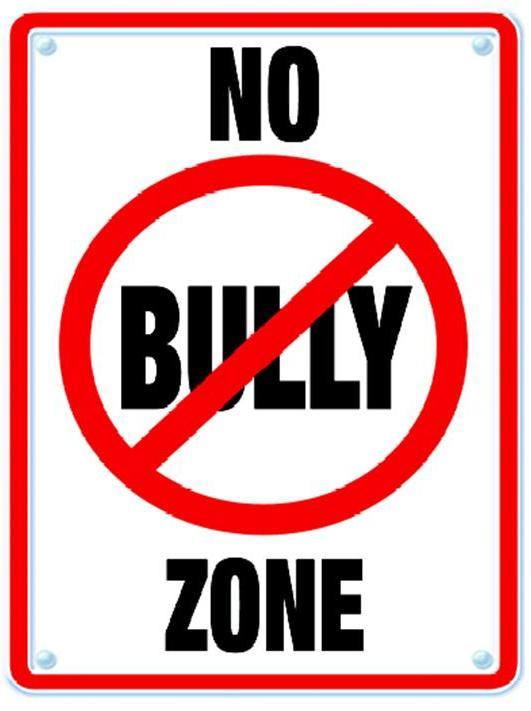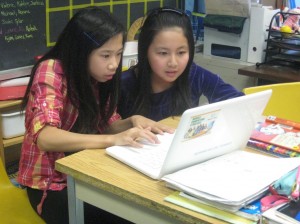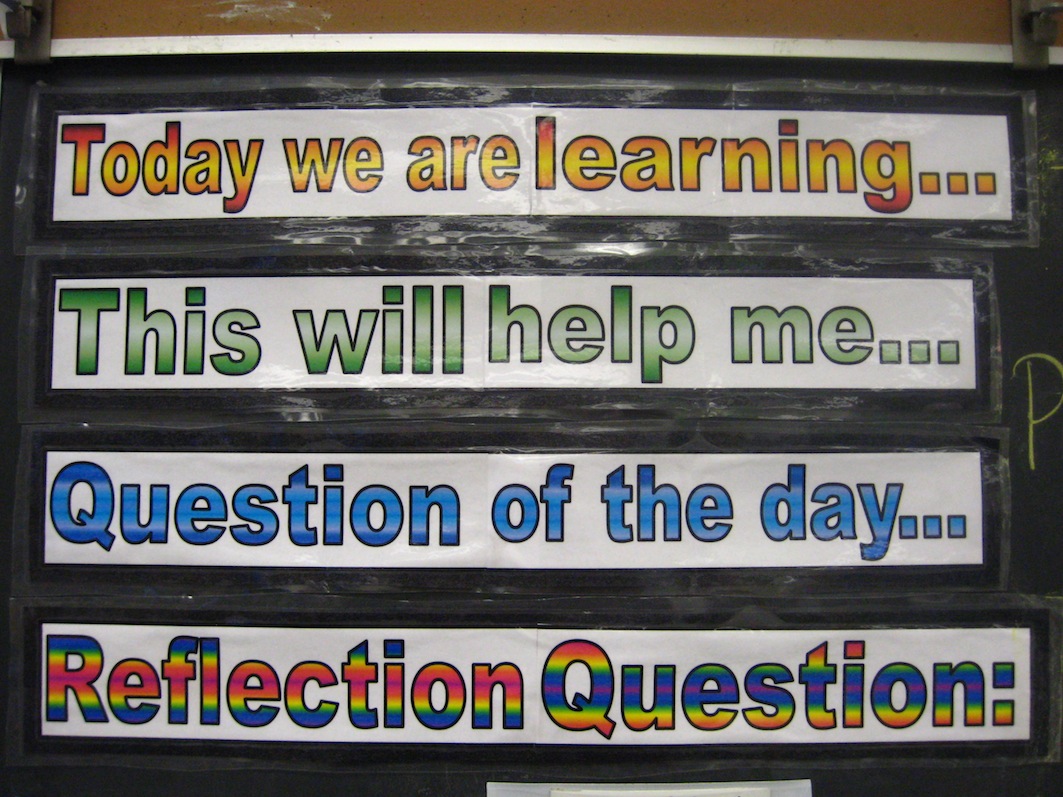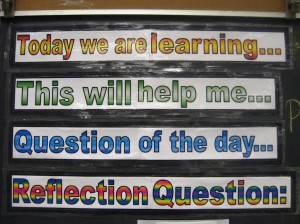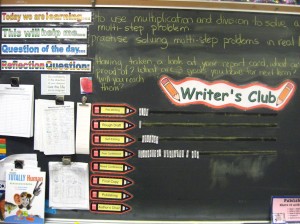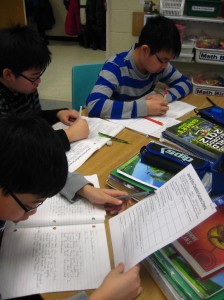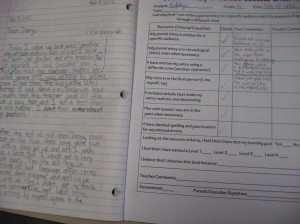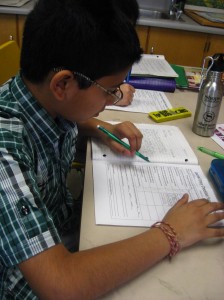How many of us have sat through professional learning meetings, in-services, workshops, and lunch-and-learns and went back to our classrooms feeling inspired and motivated to take some risks in our practice to better our learning and consequently, that of our students? The answer: all of us.
On the other hand, how many of us have left the workshops and meetings and questioned the relevance of what we “learned” as it connects to our teaching, wondered why we were strongly encouraged to participate in the first place, or felt confused and frustrated with respect to how the PD could possibly help us meet our learning needs and those of our students? The answer: all of us.
I recently had the pleasure of attending a PD session that really got me thinking about the difference between professional development and professional learning. It was one of the most beneficial experiences I’ve had as a teacher because it really expanded my understanding of professional learning and challenged me to rethink my role as a teacher and leader in my school. I’ve come to see it as a way to build the capacity of ALL educators in our schools based not only on the needs of the students but that of the teachers as well. I’ve found that not all professional learning builds a dynamic culture in schools that fosters collective responsibility among educators and we, as teachers, need to question what, why, and how we are learning just as we do with our students.
If you’re interested in exploring how continuous professional learning can expand and refine teaching and increase results for students, a great place to start are the resources created by Learning Forward (the National Staff Development Council based in the USA) and the Leadership Development Unit at TDSB.
Resources:
- Becoming a Learning School by Joellen Killion and Patricia Roy www.learningforward.org
Toronto District School Board Leadership Development Unit


